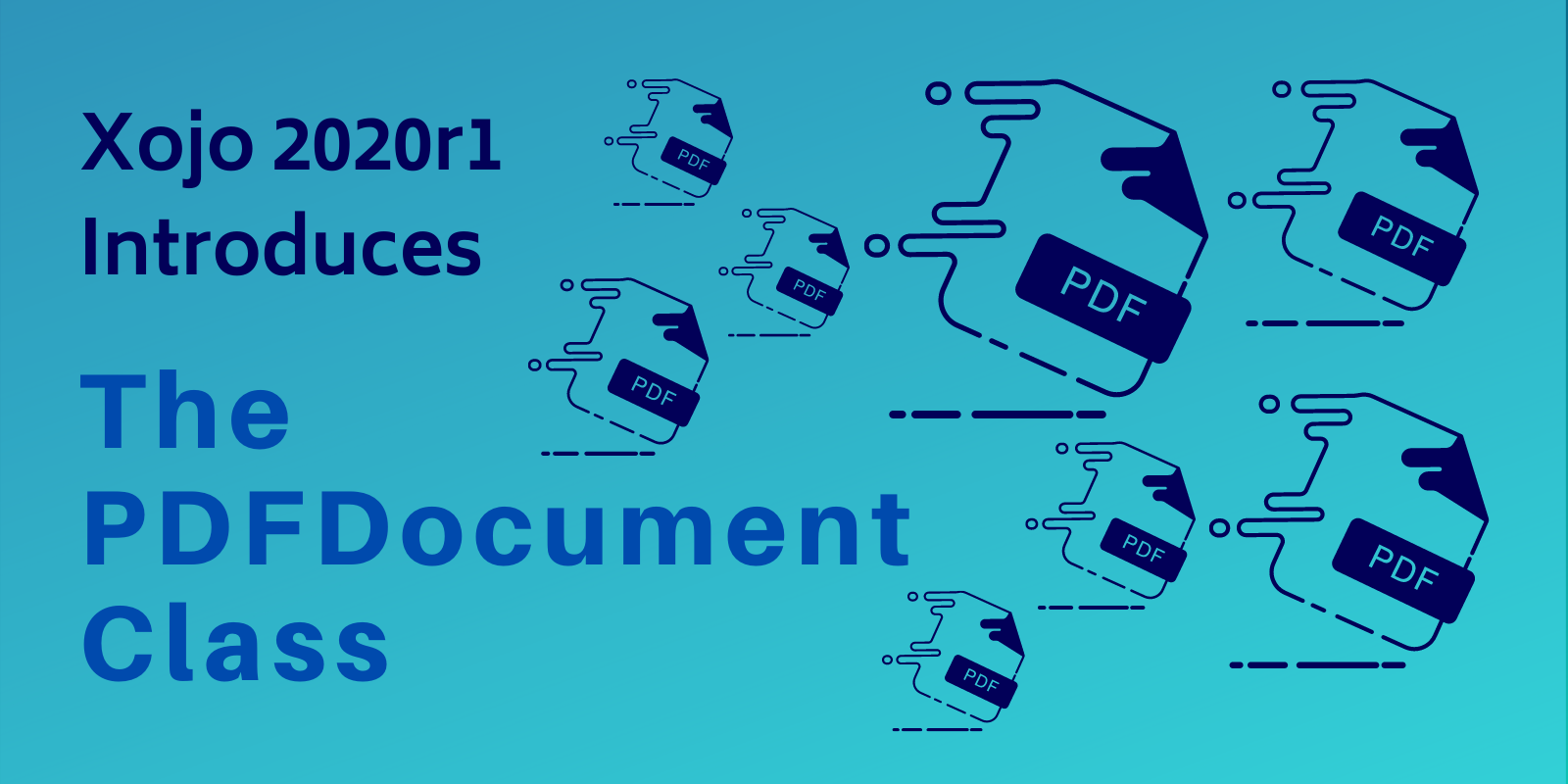Technical support for Web 1.0 continues to be available for any user with an active license. While we know that the Web 2.0 framework provides a far better solution for building web applications in Xojo, we recognize that each of you needs to schedule the conversion of your project for a time that is convenient for you and your organization.
Comments closedCategory: Web
Posts related to web development.
Sometimes we need to deal with temporary FolderItem instances, and in those cases it would be great to not have to care about when they get out of scope in order to delete them. Wouldn’t it be great to automate that task? Continue reading and you’ll see how easy it is to implement this!
Comments closedAmong the many new features introduced by the Web Framework 2.0, one of my favourites is the new WebChart class. Based on Chart.js, this class offers a total of eight chart types you can create and use really easily in your projects; including the Line, Bar, Pie or Doughnut chart types among others.
Comments closedAre there bumps in the road? Sure! Are they worth barreling into at full speed? Oh yeah! Bring it on Web 2.0, I’m ready!
Comments closedBased on recent conversations with a couple Xojo users, here are a few quick tips for uploading and working with SQLite and MySQL databases on Xojo Cloud.
If you aren’t already familiar with Xojo Cloud, it’s simple, secure, maintenance-free hosting for your Xojo web apps.
Comments closedPaul and Greg talk about Xojo 2020 Release 1, Web 2.0 and other things.
Comments closedOne of the big changes in Web Framework 2.0 is that web styles are no longer the primary means of styling controls. Instead themes are used to provide a single, consistent look and feel across the entire application. We made this change because dealing with individual styles became more complex and unwieldy as projects grew bigger. Themes simplify this dramatically.
Comments closedOur vision for Xojo Cloud is a simple, one-click deployment option for your web app. Xojo Cloud allows you to focus on developing your app instead of dealing with the nitty gritty details of web hosting and security. Xojo Cloud has tons of new stuff to compliment apps built with Xojo 2020r1!
Comments closedOne of the trickier things when dealing with PDF document creation is typography. By default, the PDF typography handling in Xojo’s PDFDocument class includes the “standard 14“, 14 typefaces you can use freely without requiring them to be included as part of the document itself. This guarantees a very important thing: any user can open and view that PDF document as it was created, without the text suffering from typography substitution, style lost, variations in kerning and tracking, etc. The standard 14 include Times, Courier, Helvetica, Symbol and Zapf Dingbats.
Comments closedXojo 2020r1 brings a highly requested feature to the Xojo IDE: the ability to create PDF documents from code! Now you can use the already familiar methods in Xojo’s Graphics class to create Standard PDF 1.4 documents with the PDFDocument class.
Comments closed
